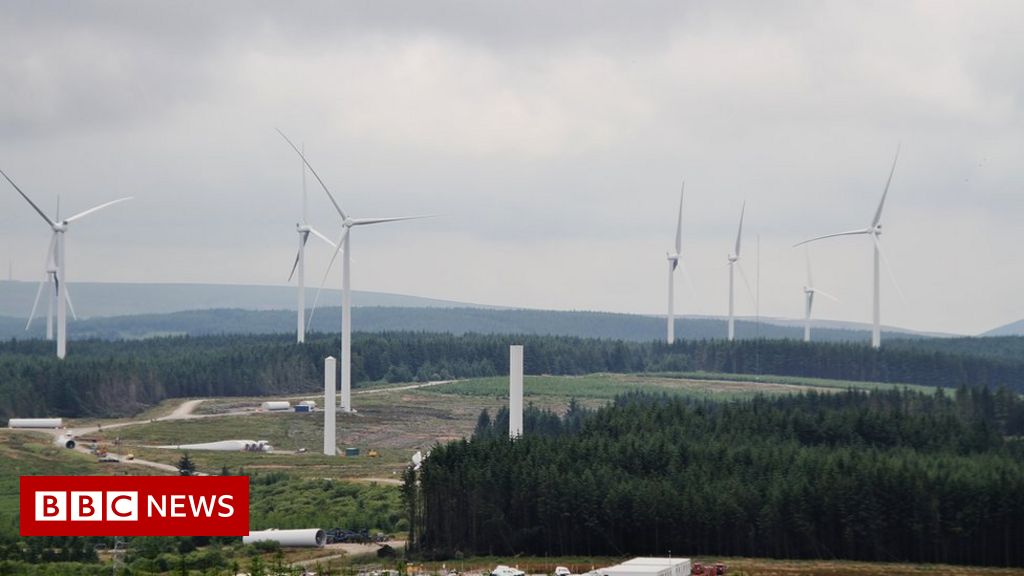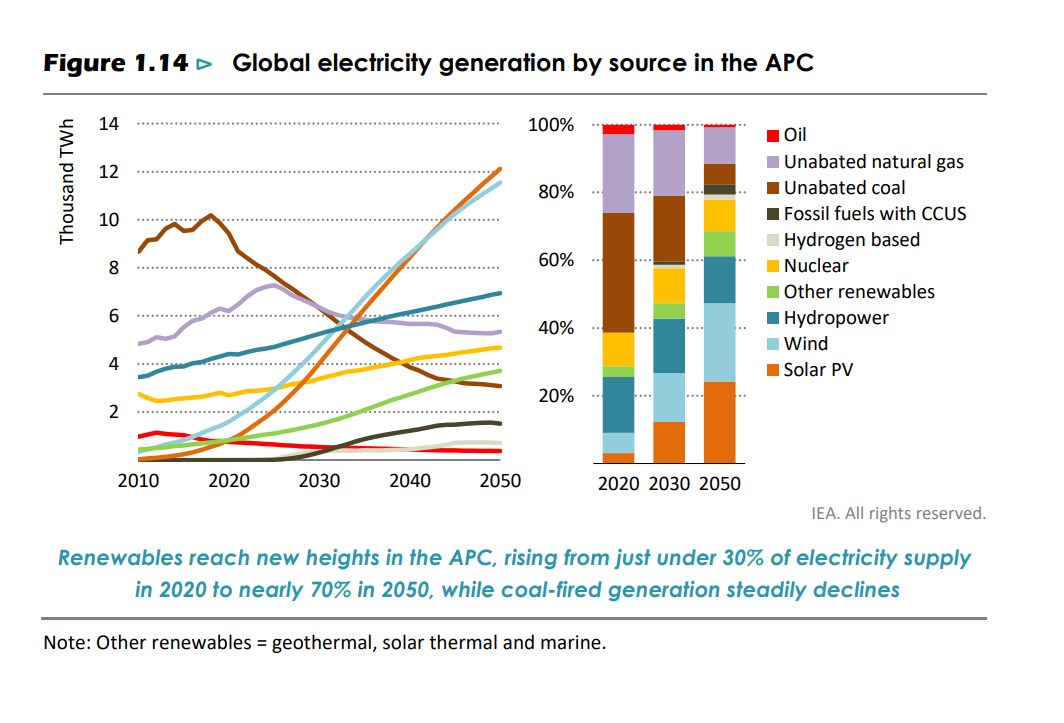About
Windfarms have operated in Wales for 20 years, but, arguably, have never before been so much in the news.
What has been learnt? Are onshore windfarms now a profitable investment, for instance, for older Welsh citizens, with a little cash to invest, and a desire to save money on rising energy bills whilst also doing their bit for the environment? Or are they an illusion: loss making projects whose locked-in investors will realise, only too late, that their investment will never be fully returned?
Should the government encourage the development of new community-owned windfarms, leveraging a potentially huge source of private capital to finance a dramatic expansion of wind power? Or should government invest in game-changing large-scale onshore windfarm developments as a key part of their Net Zero plans? If so, should government subsidies be reintroduced to drive the necessary rapid development of the industry, and, if so, at what level should they be set?
Or, now that the industry is establised, can onshore windfarms be safely left to develop naturally in the hands of the market?
Many words have been written, and will be written, about this matter of high public concern. This website looks at the numbers.

Wind and solar need to expand dramatically to replace fossil fuels as shown in this table from the IEA.
What does this mean, if anything, for Welsh onshore wind?
International Energy Agency 'NetZeroby2050'
"Make the 2020s the decade of massive clean energy expansion" (page 14)

The industrial revolution transformed Welsh landscape and Welsh communities. Wales became energy supplier to the British Empire, digging out coal to fuel British industry, its steam engines and its Navy.
Is Wales in the midst of second profound transformation as renewables are developed to replace fossil fuel power generation?
If so, what role could, and should, onshore windfarms play in this second Welsh industrial revolution?